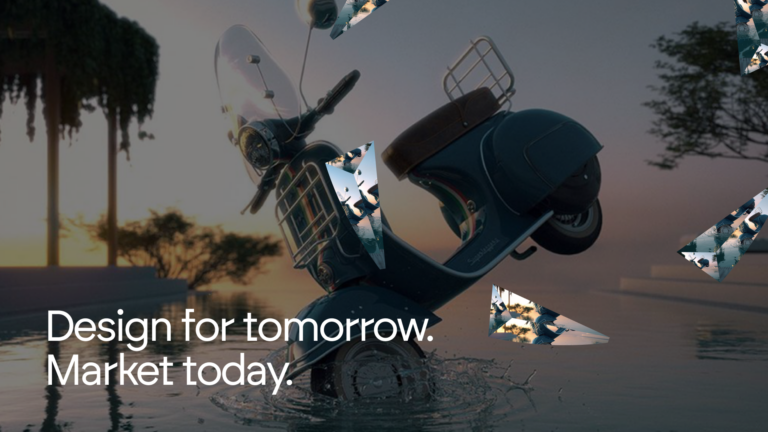From time to time, I hear that stand-alone tools like Dropbox are perceived as sufficient for managing corporate brand content. As someone working in the digital asset management software business, I find it odd comparing a full-blown digital asset management system to Dropbox, WeTransfer and Google Drive. It would be the same as comparing an Excel spreadsheet to an Enterprise Resource Planning system (ERP). They are both pretty good at numbers, but they don’t offer the same capabilities. Still, as the DAM market is maturing, there is a need for shedding light on the why, how and what of digital asset management.
A fragmented approach to digital content
Throughout your company’s lifetime, your employees produce and accumulate a remarkable amount of digital files for internal and external use. All these files end up being repurposed for various occasions and distributed to online and offline channels. As different people get their hands on organizing these files, you will, over time, end up with fragmented masses of digital content in disparate image banks, hard drives and corporate networks. Eventually, losing track of your valued marketing material.
Your daily digital mess keeps growing
You are probably familiar with one of these scenarios:
-
You try to send a large attachment over email, but it bounces back because the file size is too large to fit into one email.
-
Your art director uploads the latest graphic images for your marketing campaign to the corporate server, but forgets to tell you the source for these files, so you end up spending 15 minutes or more searching and then give up.
-
Your colleague made a killer PowerPoint presentation before going on vacation and you need it NOW.
-
Your sales team keeps using the old product brochures because the new ones you sent “got lost in the inbox”.
All these business critical and valuable pieces of content are out of your control. How are you going to protect your brand?
Take control of your valued assets professionally
A digital file becomes an asset the moment it adds value to the company. E.g. your corporate logo is your asset since it is of high value for your company. Some companies turn to Dropbox for file sharing and storage – it’s time to take a look at what separates DAM from stand-alone file sharing solutions like Dropbox.
Find the exact file you need, when you need it
By describing each asset with relevant information, i.e. metadata (title, keywords, choose distribution channels, assign rights), you will enable faster and more accurate search results for future use. Metadata can be both descriptive text as well as technical information (file size, bit rate, color size, dimensions).
Management of digital content
A DAM system helps you structure and organize your assets, giving you clear overview of all brand assets. What used to be a digital mess is now your control center.
Improved digital workflows – everything is optimized
All digital processes can be optimized to fit each company’s need. These workflows are adjustable for distribution, image extraction, file management, approval processes, and quality assurance.
Distribution across a wide array of digital channels
If you work with branding, your brand is present on multiple channels to deliver relevant messages to the right audience. When using a single source for all your digital content, you are able to control which channels your content is displayed on and who should see it. Likewise, these assets can be removed from their distribution channels with just a few clicks.
Version control – react quickly and publish new changes
Version control provides you with the ability to change an asset in one place and then the changes will go into effect on each distribution channel the asset is shared.
A high level of security
With a digital asset management system, you can ensure that only relevant people can access your material. This ensures that your sensitive information will not get in the hands of the wrong people. Delete an asset from the single source, and it will be removed from every channels it is published.
Dive into analytics
You have a high number of opportunities for viewing how many times your asset is downloaded etc.
Maintain brand governance
By empowering a dedicated team to maintain, upload and distribute your brand logos and product images on multiple channels from a single source, you take full control of how your brand is presented while ensuring compliance of your defined brand guidelines.
Integration with your existing software tools
Having your digital asset management talk with your CMS, PIM, Microsoft Office or Adobe Creative Suite will increase the value of your DAM system.
Grow your digital business
Ultimately, a DAM system empowers people to control who can see what and where. While Dropbox is a static storage tool for saving and sharing files, a DAM system is a value-adding digital engine based on optimizing processes that functions as the backbone of your company’s digital activities.
John Burke-Hansen is Chief Technology Officer at Digizuite with 25 years’ experience within technology development and digital asset management.
Ready to get in touch?
Would you like to know how to get started with a digital transformation? Feel free to contact us.







